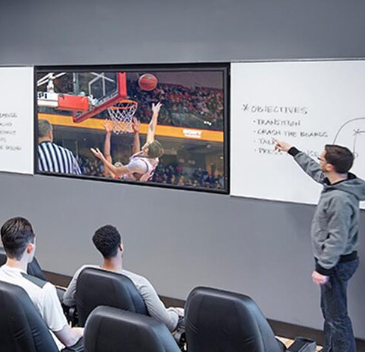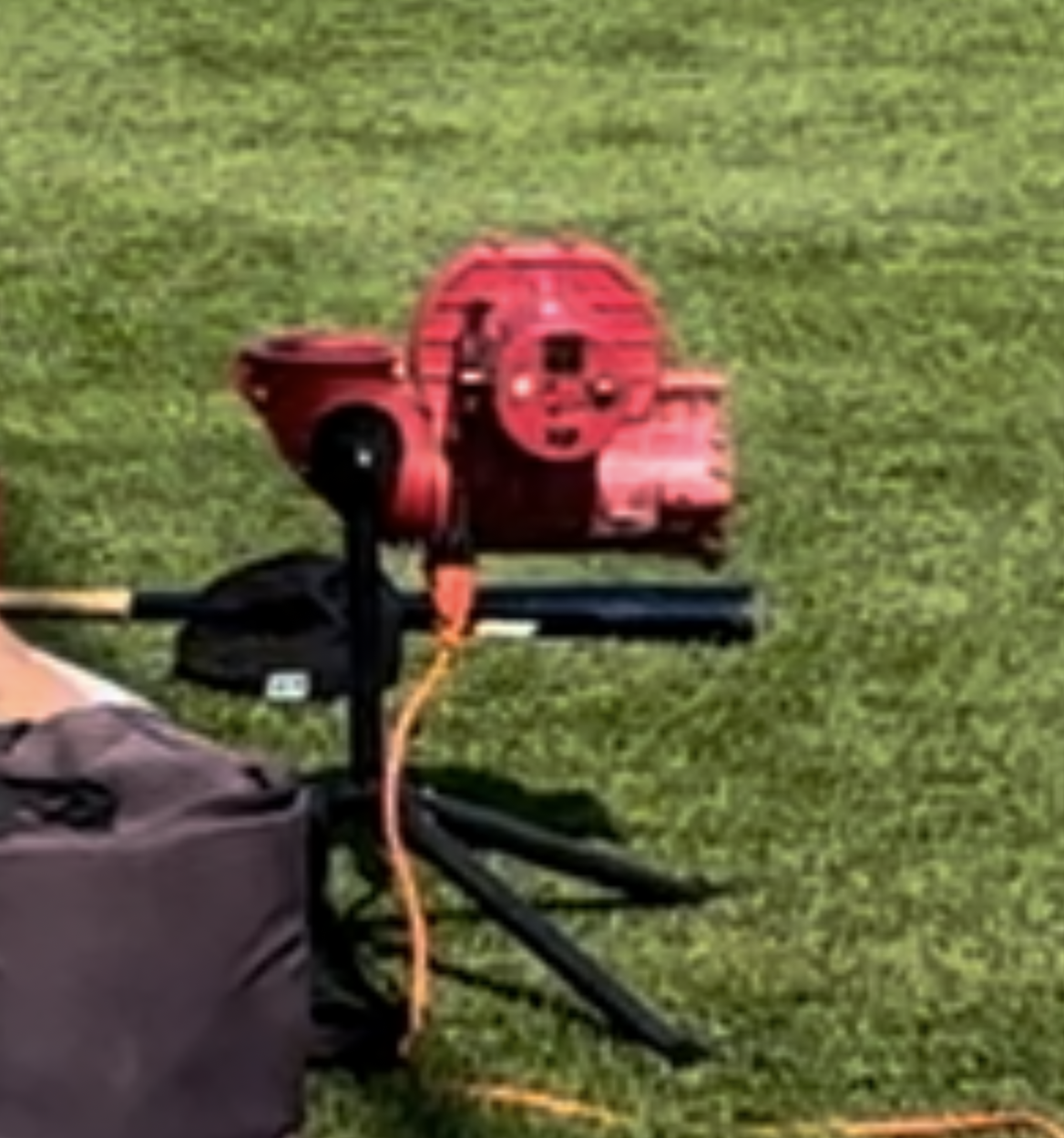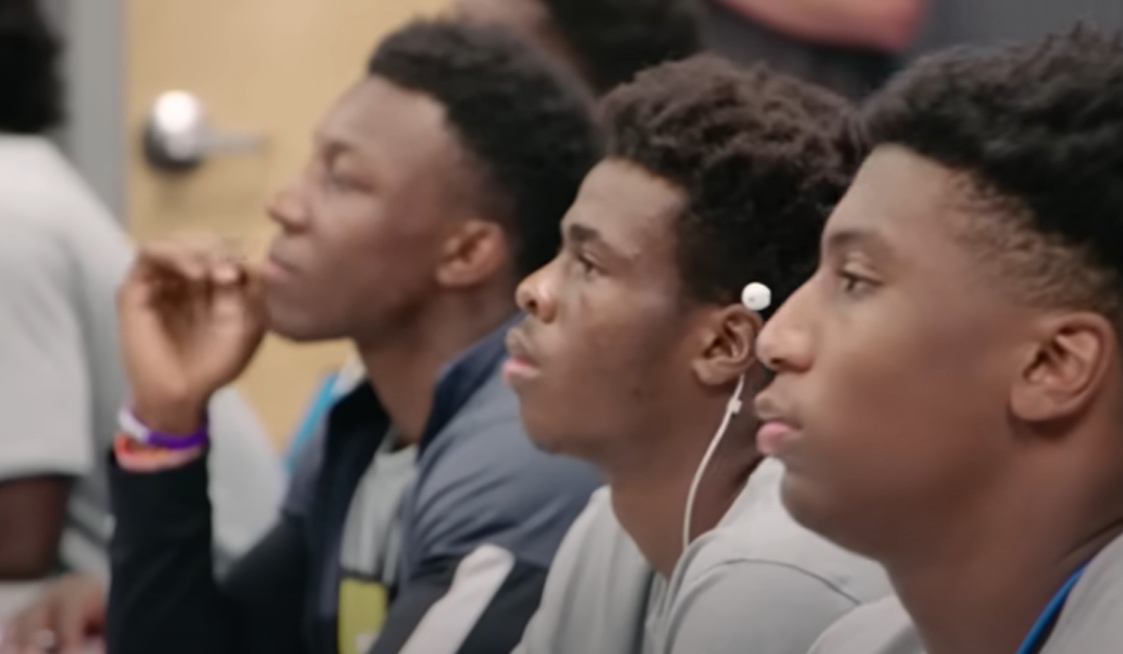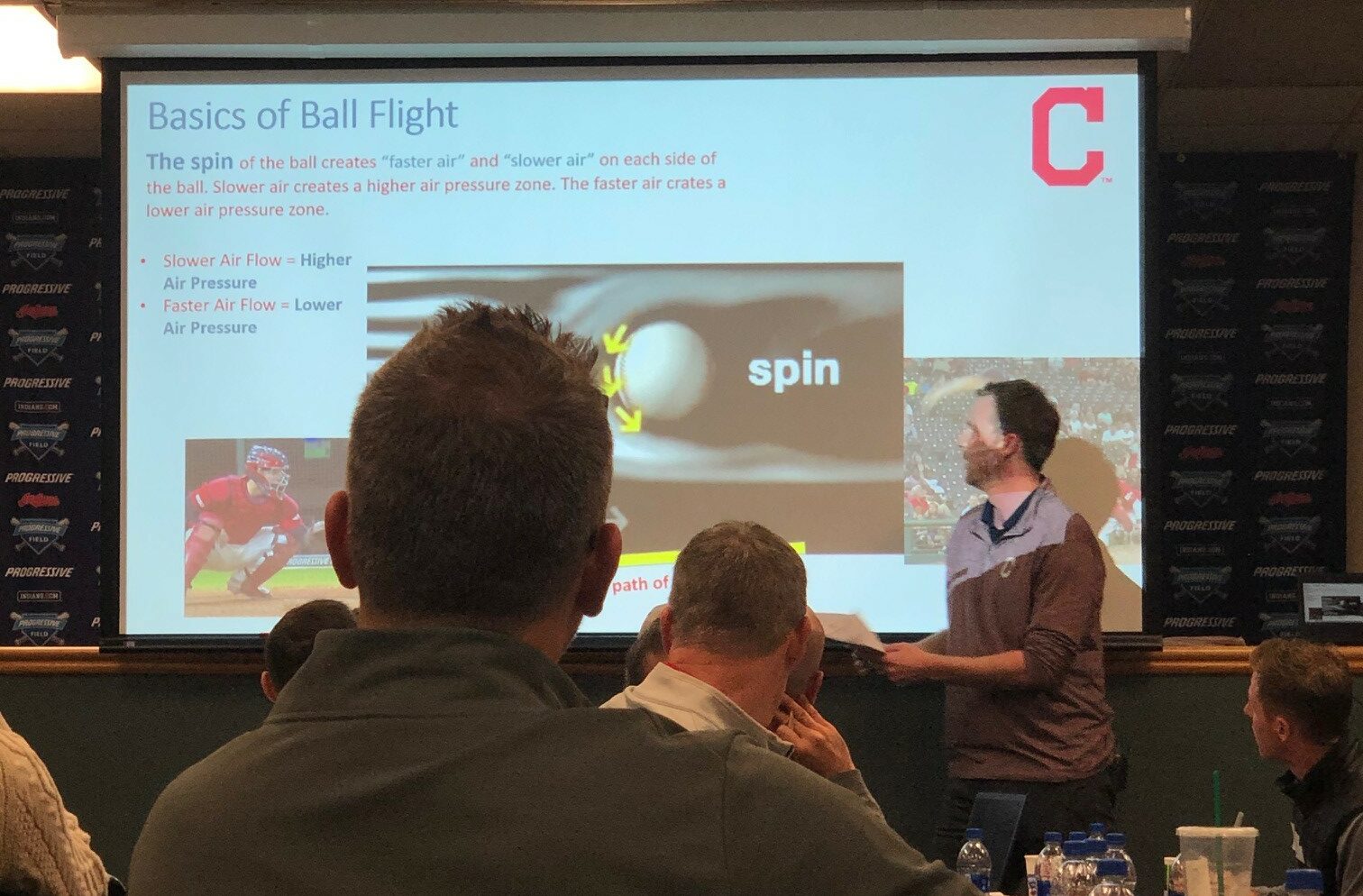THE CHALLENGE: How do we get more student/ athlete participation in our classroom work?
THE IDEA:
Congratulations! You’re embracing the science behind the IDEAS model, and are attempting to better Engage the Learner by asking more questions. This is a new tactic for you, and you’re excited to give it a try. The team is gathered to watch film of last night’s game, and as you show the very first play you ask “Okay, so what happened here?” And you wait. And you wait. And nothing happens. No one says anything. The whole team is just… looking at you. And so are the assistant coaches. And the training staff. And a few front-office types in their khaki pants, standing in the back. And the first bead of sweat appears over your brow despite the fact it’s 68 degrees in the darkened film room and you’re wearing shorts and a t-shirt. And so after what feels like an eternity you blurt out, “okay right so we were trying to deny 12 from getting the ball. John you’ve got to recognize this action sooner…” and everyone relaxes as they settle in to listen to your usual monologue for the next 30 or so minutes.
I’ve seen similar scenes play out like this in different sports, and in different schools around the country. The teacher/ coach asks the class/ team a question, no one responds, and so that teacher/ coach answers it themselves, and thinks to themselves some version of “wow, that was uncomfortable, I’m not doing that again!”
In reality, everyone who’s ever coached or taught has experienced this situation. When it happens to coaches or educators I am working with I encourage them to take the silence as useful feedback. “The class just told you they aren’t interested in answering this question – and so now let’s figure out why that’s happening.” Here are three common reasons why the group may not want to answer your question, and an IDEA for sparking better engagement or each one:
1. No one actually knows the answer: Imagine you are the running backs coach of an NFL team, and your offensive coordinator installs the “Pickle” series for the first time in the morning. That afternoon you ask your group “okay, so what is your job in Split Y Pickle?” it is completely possible that no one remembers the answer, and so the silence that follows is telling you “the group hasn’t learned this content yet” and you are now in a re-teach situation.
IDEA to try: The concept of “scaffolding” your questions means to ask a series of questions that build up from easier questions that you think it’s likely guys can answer, and get you all the way to the question you really care about. In this case we could try:
“Okay, so our new set Pickle is very similar in important ways to our Ranch series. What’s our job in Ranch?”
“How is Pickle different from Ranch?”
“What are the implications for us running backs?”
“So in Split Y Pickle, what would your job be?”
These extra few questions keep the onus on the group to keep thinking, and if we do it right, we’ll help guide them to the right answer instead of blurting it out ourselves.
2. It’s not “safe” to try to answer: It’s possible there’s an athlete in your room who was 79% sure she had the right answer, and she decided not to speak up because she is thinking to herself, “if I get it right, I will get teased for being a nerd. And if I get it wrong, I will get teased for being dumb. So, I’m just going to sit here.” Or (and this is perhaps even worse?) she’s thinking, “If I get it wrong, coach will be upset with me.” It’s unfortunate but true that the culture of your room, and specifically the psychological safety that your athletes or students feel, has a huge impact on their willingness to contribute in these settings.
IDEA to try: There is a short-term and long-term benefit to your classroom culture that comes from verbally praising not only when a student gets an answer right, but also risk-taking, and otherwise making it clear you aren’t only looking for perfect answers every time. Use statements like “Ah, no, but that’s a common mistake,” or “I’m glad you said that; it’s not right but I bet other people were thinking the same thing,” or even “Nope that’s not it, but love that you went for it” to destigmatize wrong answers. And it never hurts to explicitly tell your group some version of “mistakes in here are okay – they help us get it right when it matters.”
3. You didn’t give them enough time to formulate an answer: In our opening example our imaginary head coach felt like every eye was on him for an eternity – and yet in these situations, teachers are terrible judges of how long the silence is actually lasting. What seems like 5 minutes of silence is likely far closer to 5 seconds, and when you finally gave up and just started talking, you may very well have cut off the athlete who was just about to share.
IDEA to try: Embrace “wait time”. However uncomfortable you feel in the seconds that follow your asking a question, be confident that if you asked a well-structured question, someone from the group will eventually offer an answer. In a room with a supportive learning culture, the silence is actually the sound of their thinking. And that thinking is the key to learning! Let them struggle a bit, and only when you are 100% sure that you need to throw them a lifeline, try again by asking another scaffolded question that will get the dialogue back on track.
*******
Asking Questions is a key tactic to Engage the Learner, and with practice, anyone can get good at it. Remember, the responses of our students and athletes are the most valuable form of feedback for us teachers and coaches. And a lack of response is powerful feedback too.
Go Deep:
- Why is Engaging the Learner so important? Because, as Daniel Willingham says, “memory is the residue of thought“.
- For more on Scaffolding, check here, here, and here.
- Mary C. Murphy’s book Cultures of Growth has a lot to say about how a teacher’s mindset impacts the culture of their classroom, which in turn either encourages or discourages intellectual risk-taking.
- Eduardo Briceño tells us in this TEDx Talk that it’s important to distinguish between “Learning Zones” and “Performance Zones” – a very relevant extension of bullet #2
- For more on Wait Time, Doug Lemov’s Teach Like a Champion site has many blog entries with video of teachers using the strategy brilliantly.
- The IDEAS Model was built to make the key takeaways from the Science of Learning accessible to everyone who needs to teach as part of their role. Whether you’re looking for support implementing the Model, think you’d benefit from Leadership Coaching, or need individualized support transitioning your organizational culture from the one you have, to the one you need, reach out to me anytime and let’s talk about whether I can help.





